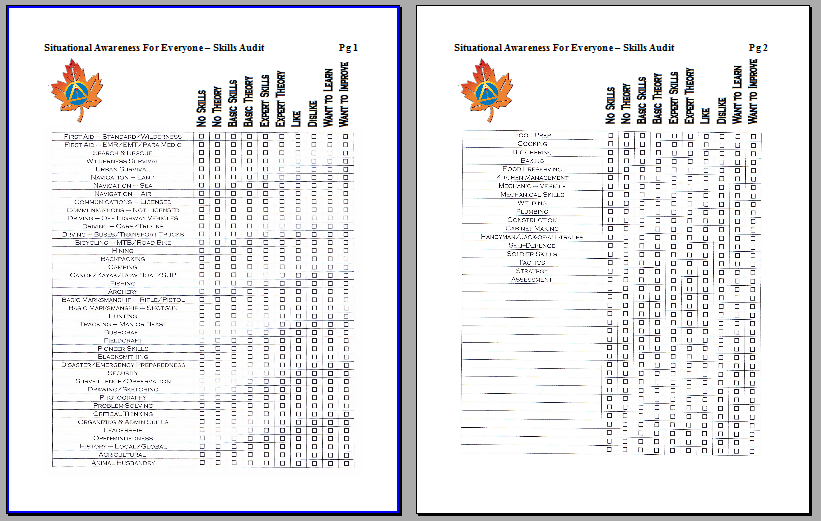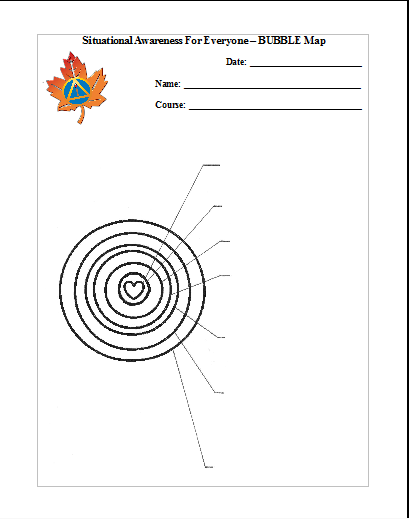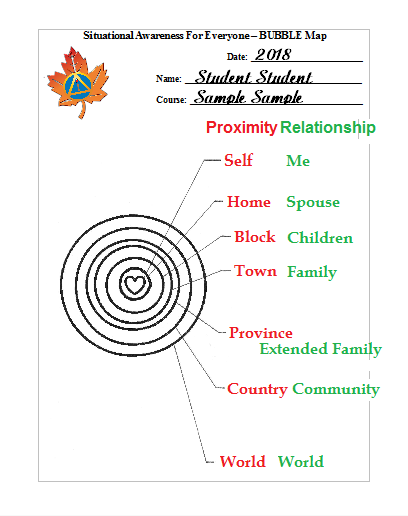 |
| Like the Glacier, Dividing & Conquering the Mountain....so, too, for Global Elites
Today, we will explore a sordid tale of power, greed, deceit, deception by a dark, shadowy cabal who seem to be immortal. Although, this will be a fictional tale - it most certainly was inspired by real events: past and present. May all readers awaken & take back what is ours before it is, too late. The future is not set..........
If I wanted to take over the world, how would I go about it?? What would be priority points of control?? Whom would I exploit to achieve my goal?? How would I keep the sheep calm as the wolves circled in for the kill?? What technique would be best to confuse or silence those who bleated loudest, who tried to warn the others??
DIVIDE & CONQUER: The GLOBAL ELITES vs Everyone Else......A Conspiracy Tale
School shootings, are they a sign of the times or are they part of a more sinister plot to control the masses. A plot by a shadowy minority of very, very wealthy elites?? School shootings, terrorism, home invasions, carjackings as well as, good old fashion war; are all means to keep the majority of the population in a state of fear. FEAR is a powerful weapon. It suppresses reason and logic. It pumps toxic chemicals into the bloodstream to prevent higher level thinking and decision making. Fear elicits the most primal state in humans.......fight or flight. Through effective social engineering over the last 50 to 100 years, fight has almost been removed as an option for most people. That means when the fear level is turned up, people's only response will be to run. Running in a state of fear is similar to running in a long, dark tunnel....you only see the bright light at the end, you never see the attacking wolves who are waiting in the shadows, until it is too late.
How the hell did we get here, to this point?? Suicide bombings on trains and bus stops. School shootings. Housing bubbles. Family cars costing $50K. Bankrupt pension funds.
Let us introduce the Global Elites and one of their favourite tools - the false economy. The Elites are band of thieves, pirates, con men, bankers, politicians, and industrialists. They owe loyalty only to themselves. They are not conservative. They are not liberal. They are not democrats. They are not republicans. They are not socialists. They are not communists. They are not fascists. They are not religious. They are not inventors. They are not entrepreneurs. They are not scientists.
THEY ARE ELITISTS!
From their point-of-view, everyone and everything on this planet is theirs, to use and abuse as they see fit. They do not need your approval. They already own you, your family, your car(s), your home, your job, your pension.....basically, they own your life. You just don't know it yet. Which is the way they like it.
The Elites want it all and the time is coming when they will take it.
Although, they are only loyal to themselves, they will use any & all means to deny you and me from enjoying life by throwing in artificial distractions to keep our attention away from what and how the Elites weasel control away from the peoples of planet Earth. They use CHAOS to create & maintain the divide between all of us. Together we can enjoy life, work together & achieve great things. The chaos create by the Global Elites is the wedge that drives people apart, they focus all the energy on what makes us different and they magnify and amplify this time & time, again. Over & over. Any time the people are about to come together and overcome any difference real or perceived, the Global Elites inject another wedge.
These wedges can be based on economics, politics, religion, education or ideology. Any topic that can be a black & white topic will be exploited by the Elites, to ensure you and your neighbour will have something to drive you apart. When you are in conflict with your neighbour you are too distracted to see the Elites robbing the planet. That is what the Elites do best - divide to conquer. And no method or technique is off limits to them. They are so far above the law they are never concerned of being caught nor facing the consequences for their actions.
The Elites are like a young boy who finds a column of ants on a Summer's day. The sky is clear, the sun is shining and the ants are the new plaything. This boy has access to many tools and is mildly curious about the ants. He observes the ants carrying an odd assortment of items towards the ant hill 50 yards away and the other ants returning without a load to collect more for the collective. As curiosity wanes, new thoughts enter the boys mind......can ants swim?? So, he drops an ant into a puddle. How long can an ant hold its breathe?? Puts another ant into the puddle and weighs it down with a pebble. Who is tougher an ant or a spider?? The boy drops an ant into a spiders web. The boy wanders off as he has become bored watching the ants. He goes to the backyard to use his magnifying lens to burn his name into the planks on the side of the tool shed. New idea flashes in his mind......I wonder if ants burn?? He runs to the ant column with his magnifying lens. Zap. Zap. Zap. Wow! Them little ants sure burn up fast. Soon, even destroying the ants with his magnifying lens grows boring. The ground is covered in burnt-out ant carcases. But, then the boy notices the ants are being carried back to the ant hill by other ants. He runs to the tool shed and grabs a hammer. Returning to the ant column he now decides to destroy all the ants and for the next hour or so he walks up and down the column smashing the ants with the hammer. The ant bodies or parts of bodies cover a path 50 yards long. The boy decides to take on the whole ant hill, smashing into the sides with the hammer. But the hill is soft and the hammer has little effect, but now the ants are excited and defending their home. Millions & millions of ants exit the damaged hill and many climb up the legs of the boy and bite him relentlessly. He slaps at the ants but they keep coming. They keep biting. The boy runs home to tell his dad he has been attacked by really mean ants. His father, who also does not like ants, goes to the tool shed and removes the jerry can of fuel for the lawn mower. He walks over to the ant hill and washes it with a generous amount of fuel and the drops a lit match and enjoys the destruction of the source of his son's pain.
You are the ant. The boy is the Global Elite. The father is the Overlords.
When the Elites kill the ants, they do not care. Your life does not matter to the Elites. An Elite barely cares when another Elite goes down, unless there is an attack against all of the Elites. Then. Then they muster up all their evil to rain down on the ants without remorse, without relief, without quarter.
Like the boy, the Elites play around with ways to test the capacity of the people of this planet and ultimately to see what will destroy the people. It would seem that for as long as gold has been around the Elites have been trying to control the supply so only they have it. I am not an expert in banking, economics, investing nor currency; but the Elites are. They have used the False Economy to dominate & crush the real economy. They use financial instruments like a soldier uses his arsenal to achieve military goals. The Elites are seemingly patient, as they can wait a generation or two to see a plan come to fruition. Financial/economic warfare does take time to become effective but no one gets shot. Worse than shot, economic warfare ends in millions suffering slow, painful deaths by starvation, disease or poverty. All the wile, the Elites make millions or billions or trillions on that suffering.
These financial/economic tools include: fractional reserve currency, IMF, hedge funds, derivatives, bailouts, compound interest, short selling, Ponzi scheme, and insider-trading. (Web of Debt by Ellen Brown is a great source of wisdom on this)
When subtle methods are not enough to distract the masses, then less subtle means are employed. In the olden days, that meant war! Today, people are not easily led down this path, so alternate means to the same end are created. Terrorism is one of the strongest tools in this tool box of fear & violence. The enemy is not easily identified, like a national armies that go to war. Any act can be claimed by a terror group and thus perpetuate the cycle of fear - any where, anytime. But, this is not a one tool tool box. Assassination is another tool used to drive home the message, we can reach you any where, any time. The subjects of assassination are usually persons who will not kneel before the Elites and are thus seen as a threat to all Elites. The challenge with using violence as a tool is the subjects become numbed over time. The sheer terror of the attacks means that attacks have to get more & more violent and cross more & more lines of unacceptable behaviour, to hold the attention of the people who are already living in FEAR. These acts will get worse and worse.
However, acts of terror & violence are not used in isolation. The Elites also own & control the means of publishing & projecting this information around the planet 24 hours a day, 365 days a year. The Elites control what you see, hear and read. To keep you in a constant state of FEAR, they messages on all means of information transmit the same message - "The World is an Unsafe Place to be. Keep your head down, go to work, pay your taxes and you might just live to the end of your life." Living in FEAR in NOT LIVING. Surviving but NOT living.
So, the Global Elites control the economy, the banks, the currency, the chaos, the communication of information, and most likely education, too.
Here is a simple diagram of the Hierarchy:
|
 |
| Hierarchy of the Global Elites |
With less than 1% of the population holding more than 99% of the material wealth on this planet, how do the 99%+ of the planet's people get the planet back??
Education & cooperation are the secrets to defeating this Goliath. The Global Elites have one fear, and only one fear - the people of the planet will wake-up, work together and take back the planet. The Elites wealth is an illusion, that they created. An illusion so powerful, hardly anyone is aware that it is not real. If everyone was to say tomorrow that bottle caps were the new world currency. Then the Global Elites would be powerless. Their paper money would be worthless. The banks would collapse. Currency is there to record an exchange of work/services for goods. Money is the current means of this transfer. But a dollar bill is no more real than a Popsicle stick or a bottle cap. The people can decide which means/symbol of value is used to conduct transactions. Until more people wake up, the Global Elites will continue to brainwash those who refuse to think for themselves that the illusion of paper currency is the only means for conducting financial transactions. A means the Elites control.
Working together and building together will make stronger communities and stronger nations.
Why haven't the Elites taken total control??
The Internet & private firearms ownership.
The Internet is on the list for take-over & control by the Global Elites. They do not want the free exchange of ideas between people. They do not want an alternate source of information to be available to those who can see the lies on main stream media, the newspapers & magazines, They want to control the message on social media, until there is only one point-of-view that will be acceptable......theirs. If you want an opinion, the Elites will give it to you - at interest, of course.
With an open means of communication, people can share ideas, plan & organize. That makes the Internet a powerful weapon against the Global Elites. They will continue their attack on open communication systems until it is destroyed, minimized or controlled. If the Internet goes down, the end is near.
Private firearms ownership is the pivotal piece in the Global Elites attack on all people on the planet. Once most of the privately owned firearms are in the hands of the Elites, it will be very, very difficult for the people of the planet to stand up against the tyranny that will follow. The Elites will continue to orchestrate more & more horrific attacks against schools, churches, shopping malls, sporting events, mass public transit and private homes, until the public is beaten into submission that it is guns that are evil and should be taken away.
Understand, the Global Elites think you are those little ants. Your lives do not matter. They are planning to kill you or enslave you. The Elites do not care if they have you killed 10, 20 , 30 or 100 at a time or if it is 10 million at a time. YOU DO NOT MATTER. The Elites only want enough people left on the planet to serve as concubines, workers in the fields & servants to cook, clean & maintain. Any more than that, is a burden on their time, their resources and their peace of mind. Say this together: MY LIFE DOES NOT MATTER. Say it again. Again. Again. If you believe that shit, you will make a fine slave to the Elites.
So, until more of the people of this fine planet wake up. We need to keep the Internet up and we need to keep firearms - of all types, in the hands of the people. We need to build stronger communities. Neighbours need to know their neighbours. Once everyone is awake and working together. Then we can resolve the issue of Global Elitism. They are not above us. They do not own us. They will not control us.
The Global Elites will continue their attacks against the people of the planet. Their use divide & conquer. It has been very successful, so far. Wake up people. Wake up. The time is now. Get educated. Become situationally aware. Know what is happening around you. Turn off your cable TV. Stop buying the Wall Street Journal. Get up to speed on current events. The Global Elites are using you and your friends. Look to what joins us all together and do not allow the wedge of Divide & Conquer to find a place in your relationships. Forgive those who may get distracted by the Elites. Work together. Educate together. Build together.
Mountainman.



 )
)